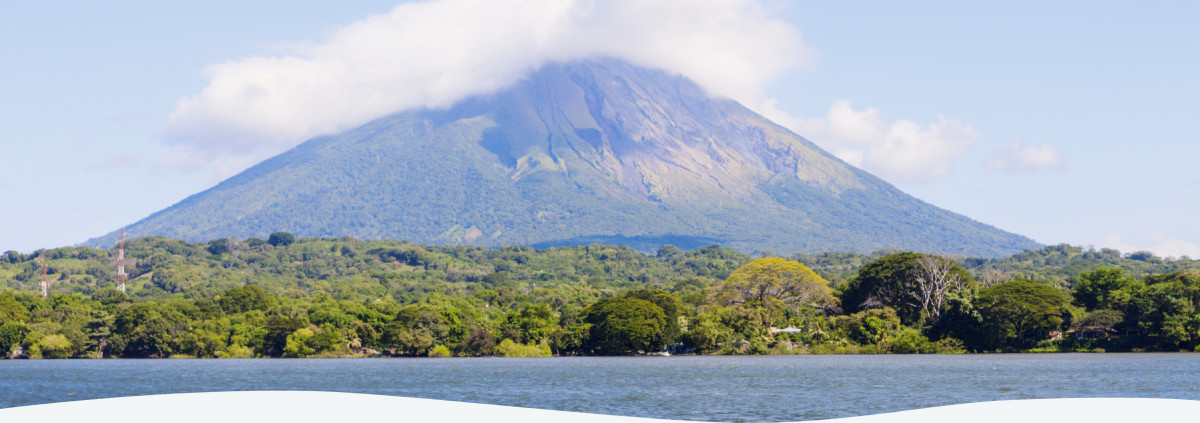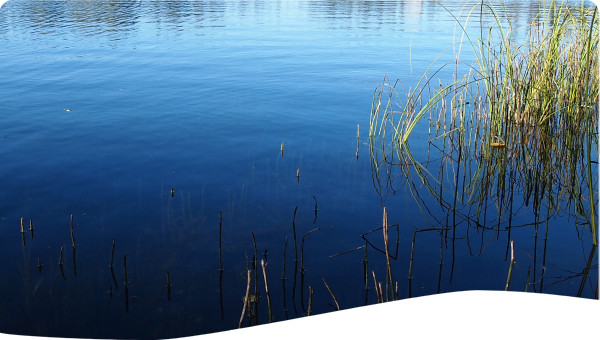The area around Lake Moyua is experiencing severe soil degradation resulting from inappropriate agricultural practices. To reverse and control the degradation process, an IWRM Plan is implemented. By involving the communities, the aim is to restore the soil, the hydrological systems, forests and biodiversity, as well as the harmonisation of policies and implementation of management regulations. This case study consequently demonstrates the value of a bottom-up approach.
The Lake Moyua in Nicaragua is characterized by vibrant natural resources of great scenic and natural value, but the area experiences soil degradation. The Lake is part of the watershed of “Sistema lacustre Playitas-Moyua-Tecomapa, located in the dry zone of northern Nicaragua. The MoyúaPlayitas-Tecomapa lagoon system has important natural resources such as scenic value, significant potential for recreational and artisanal fishing, ecotourism potential, especially for canoeing and cycling; as well as for a biodiversity reproduction center, and the observation of migratory avifauna, among others; in addition to the advantageous proximity to the capital city.
This area has recently been designated as a Wetland of International Importance (under the Ramsar Convention). The degradation that has occurred is a result of inappropriate agricultural and livestock practices that encourage destruction of forest areas by slash and burn and habitat destruction leading to disappearance of flora and fauna.
In addition, other activities such as hydrological regime modifications, uncontrolled bird hunting, water pollution both surface and groundwater due to agrochemicals as well as reduction of water flow in tributaries has further contributed to this degradation. Coupled with wide degradation, the lake area is also vulnerability to climate change which is especially experiencing droughts and this urgently calls proper adaptation measures.
In order to reverse and control the degradation process causing the intermittent drought in the Lacustrine System, IWRM Plan is under implementation in the Playitas-Moyúa-Tecomapa wetland. Through the involvement of the communities the aim is to restore the soil, the hydrological systems, forests and biodiversity, as well as the harmonization of policies and implementation of management regulations. This will contribute to reduce vulnerability in the face of climate variability in the sub-basin.
The Integrated Management Plan for the sub-basin’s territory, including the three lagoons, Moyúa, Playitas and Tecomapa, was formalized in 2006 and became local law (Municipal Ordinance No.58) by the Darío Municipality Council, Matagalpa Department (Municipality of Ciudad Darío, 2006b).The provisions included the consideration of Economic, Conservation (Environmental Restoration) and Social (Awareness-raising and Training) Programs for the community’s integrated development. This plan guides the actions for the rational use and protection of the territory for the next 15 years, which will help restore the resilience of the ecosystem in order to adapt to the impacts of climate change.
All these actions aim to contribute to improved resilience of the watershed and improve the lives of the communities who are dependent on the watershed for their livelihoods. The initiative involved local communities and has been supported by local authorities, the Ministry of Environment and Natural Resources of Nicaragua, and the National Autonomous University of Nicaragua.
The Integrated Management Plan for the Moyúa-Playitas-Tecomapa Lagoon System is the tool for the rehabilitation of lands, water, forests, and their biological diversity. The plan will contribute to the improvement of living conditions for the populations through agronomic interventions that are sustainable and productive, and which will include environmental planning of the territory as well as food security.
At the same time, each of these components will positively influence the reduction of vulnerability in the face of climate variability. The project "Strengthening of Rural Community Tourism in Laguna de Moyúa's Lagoon System" involves the construction of a Visitor's Center that will serve as a space for discussion of the different activities, as well as a meeting space for the community that offers tourism services to visitors. It will be a space to facilitate the provision of necessary information about tourism services—including prices, locations and visitor options. It will also include a variety of local handcrafts for sale, a guide map with trails, information about flora and fauna, wetland ecology, and a presentation of archeological images of the area.
This case study demonstrates a bottom-up approach where the governmental bodies have supported efforts of an organized civil society especially to take actions to restore a degraded watershed to increase ecosystem's capacity for resilience and improve lives of the people.
This case study demonstrates a bottom-up approach where the governmental bodies have supported efforts of an organized civil society especially to take actions to restore a degraded watershed to increase ecosystem's capacity for resilience and improve lives of the people.
The implementations of the actions follow administrative cycles of their own nature with support of external organizations financing the projects. These have become building blocks embraced by the community with spirit and need to use and protect resources of watershed.
 Case studies
Case studies


